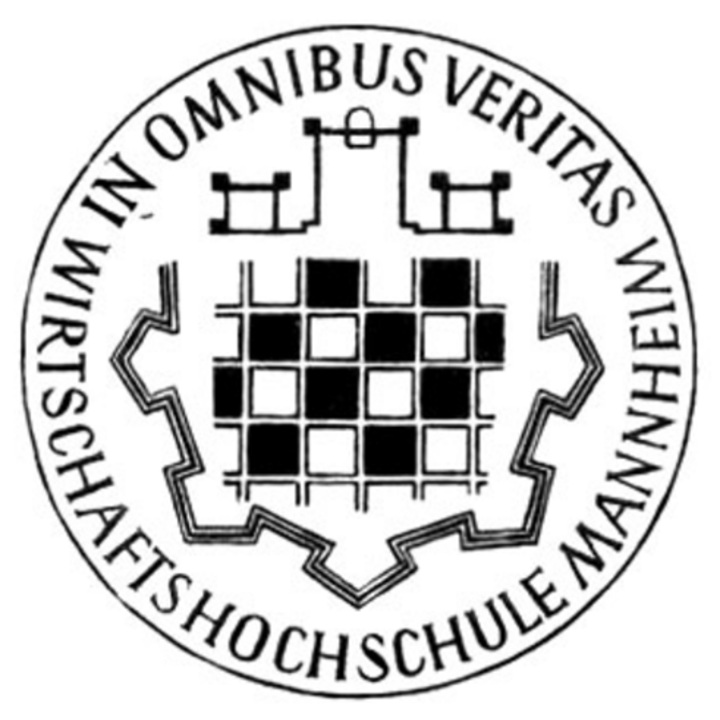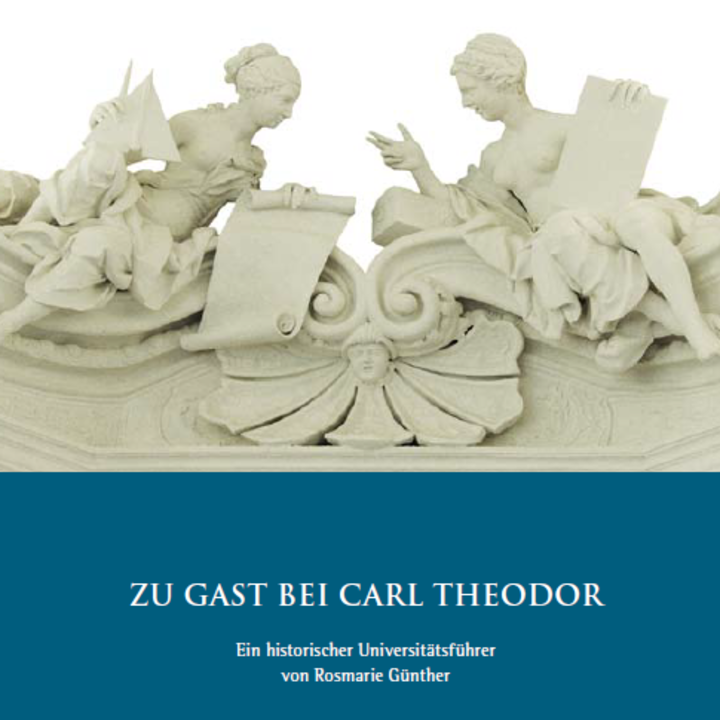Development of the University of Mannheim
The development of the University of Mannheim is closely linked to the history of the Schloss Mannheim (see Historical Data at a Glance). Please go to the website of the Schloss Museum for further information.
Städtische Handelshochschule
The origins of the University of Mannheim date back to the Städtische Handelshochschule Mannheim (Commercial College of the City of Mannheim), which was founded in 1907 on the initiative of Mannheim's bourgeoisie. Funded by the Chamber of Commerce, the institution, which functioned as a college for future merchants up to the 1930s, became a center for higher education. The college offered courses in business administration and economics as well as in philosophy, history, arts, and natural sciences. Between the world wars, the college was added an institute for psychology and educational sciences and an institute for interpreters.
In 1933, the Handelshochschule was merged into the University of Heidelberg under National Socialist rule. Only 3 out of 14 Jewish teachers survived the Holocaust. Among the victims was Otto Selz, the head of the institute for psychology and president of the Handelshochschule. Today, the Otto-Selz-Straße, a street that begins at the east wing and goes around the university, commemorates the renowned pioneer of cognitive psychology.
Staatliche Wirtschaftshochschule

In 1946, the higher education institution reopened under its new name Staatliche Wirtschaftshochschule Mannheim (State College of Business and Economics). The university’s signet, which symbolizes the institution’s close connection with the city of Mannheim, dates back to 1955.
The signet is circumscribed with IN OMNIBUS VERITAS, the university's official motto in a shortened version, which was taken from the statutes of the Palatine Academy of Sciences that Prince Elector Carl Theodor had founded in 1763. The full quotation reads: “In Omnibus Veritas Suprema Lex Esto” and translates to “Truth in everything should be the supreme law”.
The University of Mannheim
In 1967, the Staatliche Wirtschaftshochschule was renamed University of Mannheim. Since the institution gained “university” status, the number of students and degree programs has increased significantly. Today, the university is organized into five schools and offers a wide range of first-class undergraduate and graduate programs. Up to the present day, the university has been committed to the principle of education combining teaching and practical experience that informed its foundation 100 years ago. Several degree programs in the fields of social sciences, informatics, law, and the humanities offer students the opportunity to additionally acquire in-depth knowledge in economics and business administration. The strategic plan adopted in spring 2008 further consolidates this unique interdisciplinary approach.
Historic Guide to the University

When Carl Theodor assumed his regency over the Electoral Palatinate in 1743, the Schloss Mannheim was still unfinished. By 1760, work on the building of the east wing and the adjacent complex of palace buildings modeled on Versailles was concluded, thus completing the baroque palace building. The earliest starting point of the university’s tradition is the royal court library of Carl Theodor, today’s Aula. With the collection rapidly growing to 100,000 volumes, the library rated among the most important libraries of the time. Carl Theodor did not distinguish himself by military glory; yet, he was a generous patron of music, theater, and science. A connoisseur of the arts, he promoted a musical culture of European standing, and in 1779, he founded the National Theater. However, he was not only famous for his appreciation of the arts, but also cultivated sciences, and promoted trade. In 2007/
